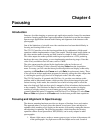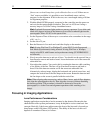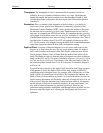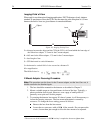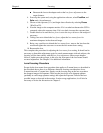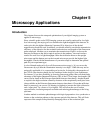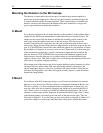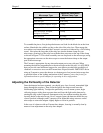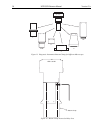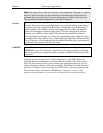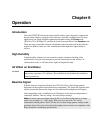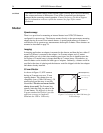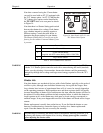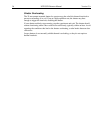
Chapter 5 Microscopy Applications 29
Microscope Type
Diagnostic Instruments
Bottom Clamp Type
Leica DMR L-clamp
Leitz All types NLW-clamp
Nikon Optiphot, Diaphot, Eclipse O-clamp
Olympus BH-2, B-MAX, IMT-2 V-clamp
Zeiss Axioscope, Axioplan,
Axioplan 2, Axiophot
Z-clamp
Zeiss Axiovert ZN-clamp
Table 1. Bottom Clamps for Different Microscopes
To assemble the pieces, first pick up the detector and look for the black dot on the front
surface. Match this dot with the red dot on the side of the relay lens. Then engage the
two surfaces and rotate them until the F-mount is secured as evidenced by a soft clicking
sound. Next place the long tube of the relay lens into the bottom clamp for your
microscope, securing it to the relay lens with the three setscrews at the top of the clamp
as shown in Figure 12. This whole assembly can now be placed on the microscope, using
the appropriate setscrews on the microscope to secure the bottom clamp to the output
port of the microscope.
The F-mount is appropriate for any trinocular output port or any side port. When
mounting the detector perpendicular to the microscope on the side port, it is ADVISED
that you provide some additional support for your detector to reduce the possibility of
vibrations or excessive stress on the F-mount nose. Roper Scientific DOES NOT advise
using an F-mount to secure the detector to a bottom port of an inverted microscope due
to possible failure of the locking mechanism of the F-mount. Contact the factory for
information about a special adapter for operating in this configuration.
Adjusting the Parfocality of the Detector
Once the detector has been mounted, you should get a clear, focused, transmitted light
image through the eyepiece. Then divert the light to the detector and lower the
illuminating light intensity. To adjust the parfocality on an F-mount system, begin
collecting images with a short exposure time and focus the light on the detector by
rotating the ring on the Diagnostic Instruments relay lens without touching the main
focusing knobs on the microscope. On a C-mount system, the detector should be very
close to parfocal, although some C-mounts will be adjustable using setscrews on the
microscope to secure the adapter slightly higher or lower in position.
In the case of a detector with an F-mount lens adapter, focusing is normally done by
means a focus adjustment on the relay-lens adapter.



